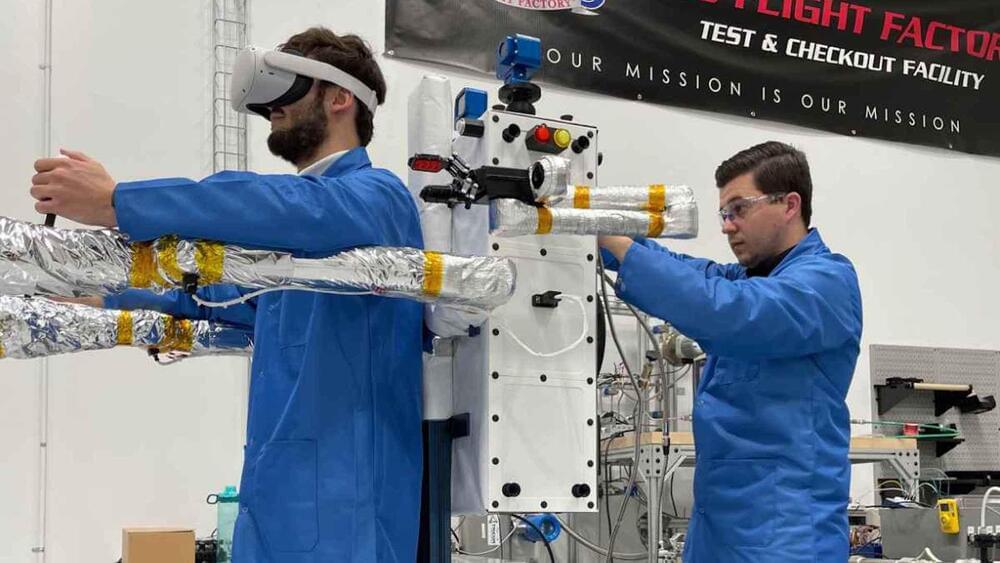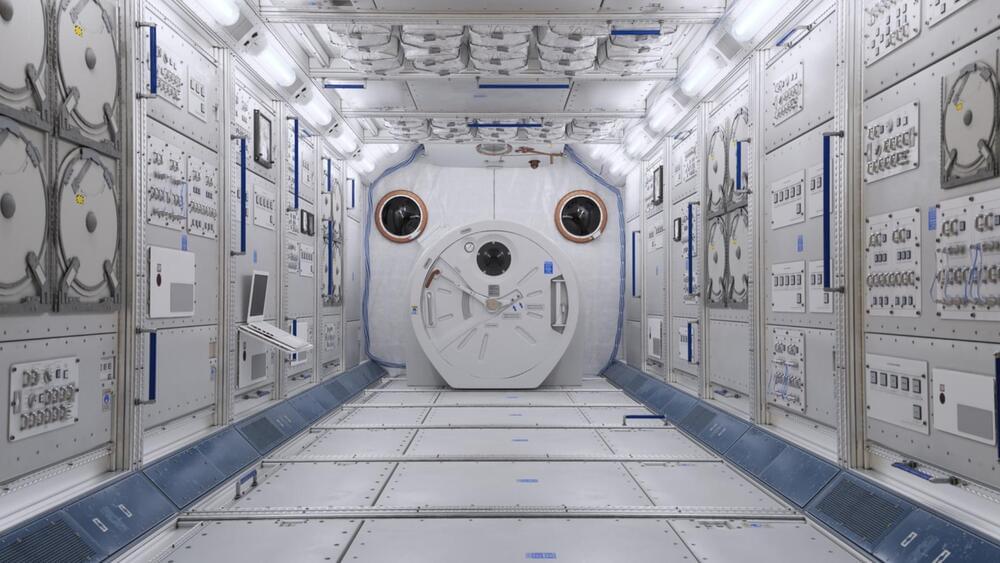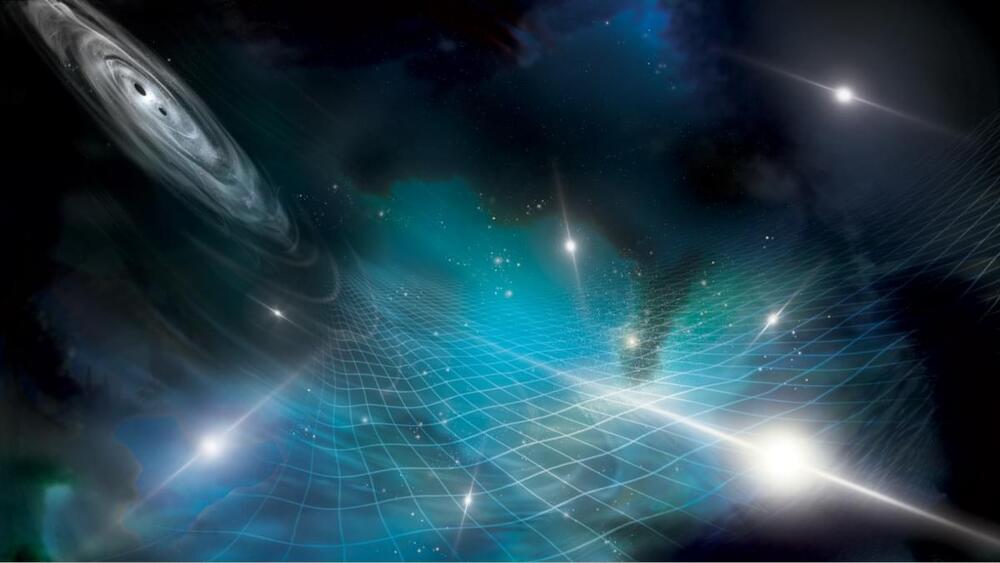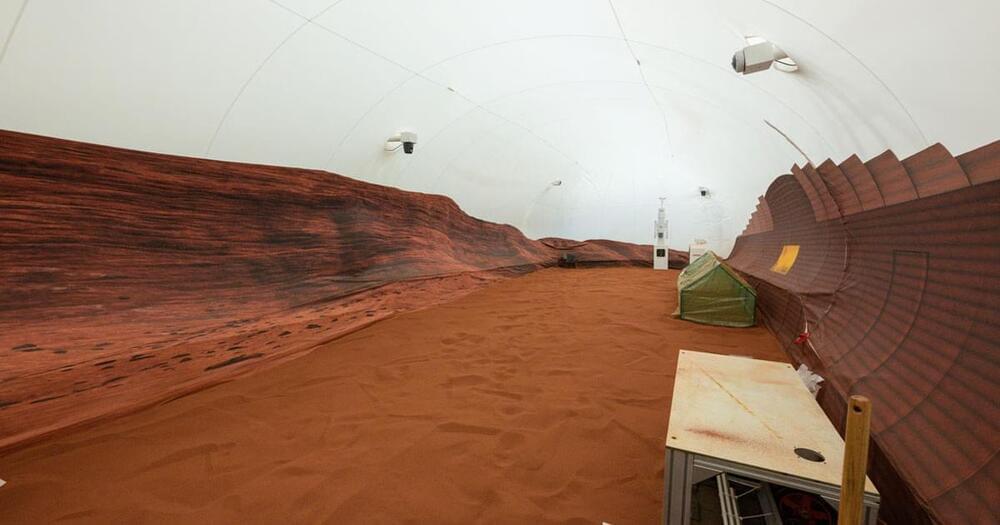Free access to Closer To Truth’s library of 5,000 videos: https://closertotruth.com/
Our universe has been developing for about 14 billion years, but human-level intelligence, at least on Earth, has emerged in a remarkably short period of time, measured in tens or hundreds of thousands of years. What then is the future of intelligence? With the exponential growth of computing, will non-biological intelligence dominate?
Support the show with Closer To Truth merchandise: https://bit.ly/3P2ogje.
Watch more interviews on the future of the universe: https://rb.gy/xxeav.
Sasselov has been a professor at Harvard since 1998. He arrived to CfA in 1990 as a Harvard-Smithsonian Center post-doctoral fellow. Between 1999 and 2003 he was the Head Tutor of the Astronomy Department.
Register for free at CTT.com for subscriber-only exclusives: https://bit.ly/3He94Ns.






